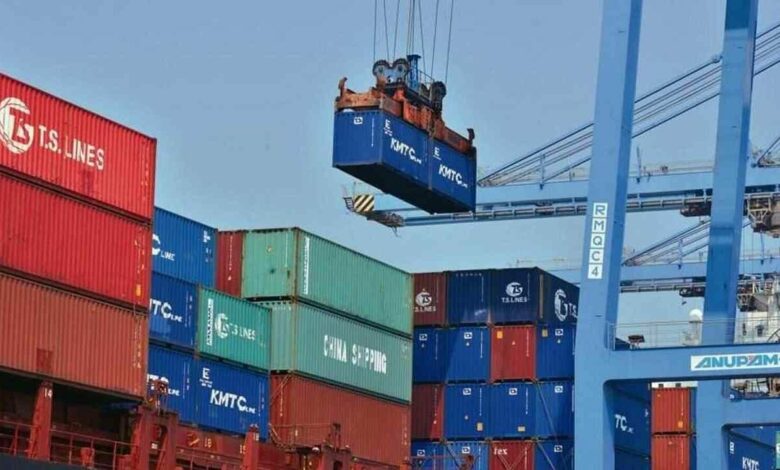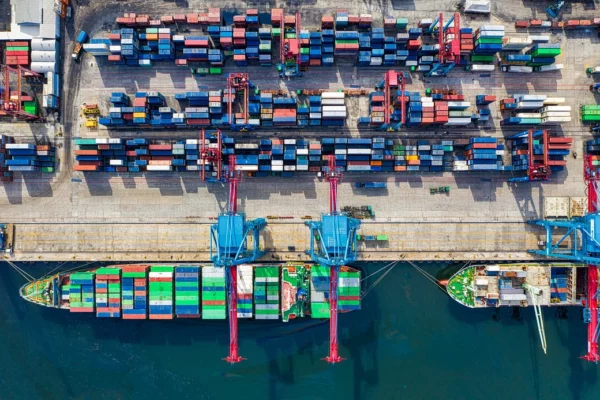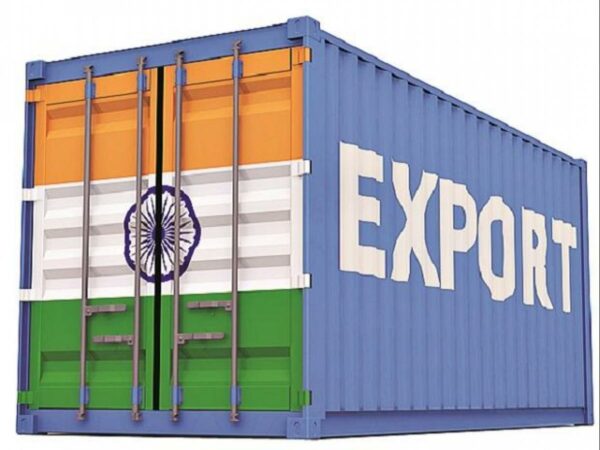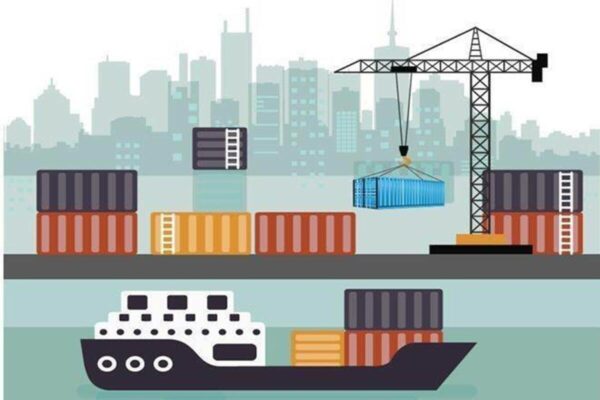
In November, India’s exports increased by 27.1 per cent to $30.04 billion; but, there are some issues that Indian exporters might face this season
Official data released on Tuesday showed that India’s exports increased by 27.16 per cent to USD 30.04 billion in November, owing to strong performance in sectors like petroleum products, engineering goods. In November 2020, exports totalled USD 23.62 billion.
Imports totalled USD 52.94 billion in November, up 56.58 per cent over November’s shipments of USD 33.81 billion.
Imports of gold increased by approximately 40% to USD 4.22 billion in November 2020, compared to USD 3.02 billion in November 2019.
The November trade imbalance was USD 22.91 billion, according to data issued by the Ministry of Commerce and Industry. In November 2020, it was USD 10.19 billion.
Merchandise exports totalled USD 263.57 billion in April-November 2021, up 51.34 per cent from USD 174.16 billion in the same period last year.
Imports totalled USD 384.34 billion over the same period, up 74.84 per cent from USD 219.82 billion in April-November 2020.
“The trade balance for April-November 2021 was estimated at USD (-) 120.76 billion, down from USD (-) 45.66 billion in April-November 2020, a decrease of (-) 164.49 percent,” according to a ministry press release.
Petroleum product exports increased by 154.22 per cent to USD 3.95 billion in November on a year-over-year basis. Outbound shipments of engineering goods increased by about 37%.
According to the data, exports of electronic goods increased by 29.83 per cent from USD 1.12 billion in November to USD 1.45 billion in December.

Organic and inorganic chemical shipments increased by 32.54 per cent to USD 2.24 billion.
Inbound shipments of ‘coal, coke, and briquettes’ totalled USD 3.57 billion in November 2020, up 135.81 per cent from November 2020.
‘Petroleum, oil, and products’ imports increased by 132.43 per cent to USD 14.67 billion. Vegetable oil imports increased by 78.82 per cent to USD 1.75 billion.
According to the report, the expected value of services exports in November 2021 was USD 20.33 billion, up 16.88% from November (USD 17.39 billion).
The expected value of services imports in November 2020 was USD 11.81 billion, up 20.71 per cent from November 2020. (USD 9.78 billion).
In November, India’s total exports (including goods and services) were predicted to be USD 50.36 billion, up 22.80% over November last year.
Non-petroleum, non-gems, and jewellery exports increased 22.26 per cent to USD 23.68 billion in November.
Imports of non-petroleum, non-gems and jewellery (gold, silver, and precious metals) totalled USD 31.82 billion in November 2020, up 40.64 per cent from USD 22.63 billion the November.
David Senate discussed the issues that exporters’ problems this season, Chief General Manager, Research & Analysis, India Exim Bank. Excerpts from the conversation-

Would global supply chain restrictions, notably the rush in logistical prices and the lack of ship availability, put a damper on India’s export growth storey? Which commodities would be the most brutal hit if that’s the situation?
International cargo transportation, mainly through ships, continues to be an impediment to export growth. While worldwide engagements in goods increased beyond pre-pandemic levels, vessels decreased due to pandemic-related disruptions, resulting in an imbalance. As a result, shipping charges have risen dramatically. Due to cargo scarcity, congestion and longer processing times are experienced at several Indian ports. Shortages, shipping line shutouts and high freight charges are projected to hamper export growth in the medium future.
Indian exporters are experiencing major delays in shipments due to waiting longer for payment. For example, granite tiles, tea, rice, and furniture are low-value export products sent in large quantities through ship or ship-to-air. Despite the mentioned problems, India’s export performance has been strong in the last three quarters of the current fiscal year. To maintain India’s global competitiveness and export growth momentum, concerted efforts should be achieved.
Most exporters are concerned about rising logistics costs. What does your experience or research say about this? Is there something your bank can do to help you in reducing your expenses?
The study ‘Impact of Covid-19 on India’s International Trade: Strategies and Policy Perspective’ by the India Exim Bank found that the Covid-19 pandemic has caused inventory and space issues, like increased costs in the shipping industry around the world. Indian exporters cannot send their items within the required time limits as promised by international customers due to a lack of ship bookings and allotment, resulting in shorter sales cycles and losses. Increased capacity of Indian shipping for India’s trade would be a long-term answer.
According to the Exim Bank research, India’s ports need automation and digitalization. While India’s ports and shipping are lagging far behind many wealthy countries in terms of automation, Covid-19 has emphasized the necessity for quick action. The use of radio-frequency identification (RFID) tags for easy tracking and identification of export consignments and automation of logistic approvals and payment systems is one recommendation in this respect.

Despite Covid, exports, mainly agricultural commodities, were a lifeline. Are there special programmes in place to help raise or increase this?
Several initiatives have been implemented under the Atma Nirbhar Bharat Abhiyan to improve further and support the agricultural sector, including the Agriculture Infrastructure Fund (AIF), Pradhan Mantri Matsya Sampada Yojana (PMMSY), and the scheme for the formalization of Micro Food Enterprises (MFE).
The United States was the leading export destination for agriculture and associated products produced from India in 2020-21, with shipments of US$ 4.8 billion, and China was the second-largest, with estimated exports of US$ 3.7 billion. Bangladesh, the United Arab Emirates, Vietnam, and Saudi Arabia were the other central export locations in 2020-21.
Lines of credit have been a concern in several of India’s traditional markets, like Afghanistan and Iran. What impact will this have on our exports?
India’s most prominent export locations are not Afghanistan or Iran. In most cases, credits are given at the appeal of the Indian government based on geopolitical and strategic factors. There is no credit available to these countries, and thus we do see any effect on India’s exports.






